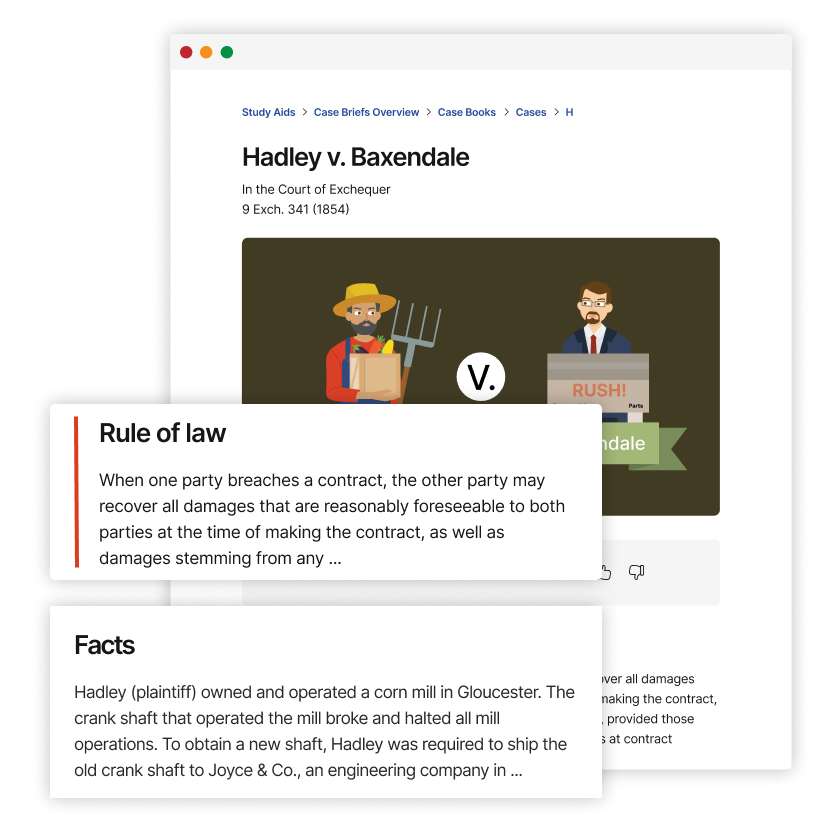Natural Resources Defense Council v. Environmental Protection Agency
United States Court of Appeals for the district of Columbia circuit
824 F.2d 1146 (1987)
- Written by Penny Ellison, JD
Facts
The Environmental Protection Agency (EPA) (defendant) determined that vinyl chloride, a gaseous, synthetic chemical, was a powerful carcinogen. The best available science did not permit a determination of a safe level of human exposure to a carcinogen. Vinyl chloride was an apparent nonthreshold pollutant, meaning that any level of emission above zero appeared to create a risk to human health. The EPA proposed an emission standard for vinyl chloride at the lowest level attainable by current available emissions-control technology. The Natural Resources Defense Council, Inc. (NRDC) (plaintiff) filed a petition for review of the EPA’s standard, arguing that if no safe level had been determined, it was arbitrary and capricious for the EPA to set any standard for emissions above zero. The NRDC argued that the EPA could not determine an appropriate margin of safety for a carcinogen such as vinyl chloride because current scientific knowledge did not permit a finding of any level of safe exposure. The EPA administrator argued that the EPA could set a standard by requiring emission reduction to the lowest level achievable using the best available technology if that level was below the level at which harm to human health has been demonstrated.
Rule of Law
Issue
Holding and Reasoning (Bork, J.)
What to do next…
Here's why 899,000 law students have relied on our case briefs:
- Written by law professors and practitioners, not other law students. 47,000 briefs, keyed to 994 casebooks. Top-notch customer support.
- The right amount of information, includes the facts, issues, rule of law, holding and reasoning, and any concurrences and dissents.
- Access in your classes, works on your mobile and tablet. Massive library of related video lessons and high quality multiple-choice questions.
- Easy to use, uniform format for every case brief. Written in plain English, not in legalese. Our briefs summarize and simplify; they don’t just repeat the court’s language.




